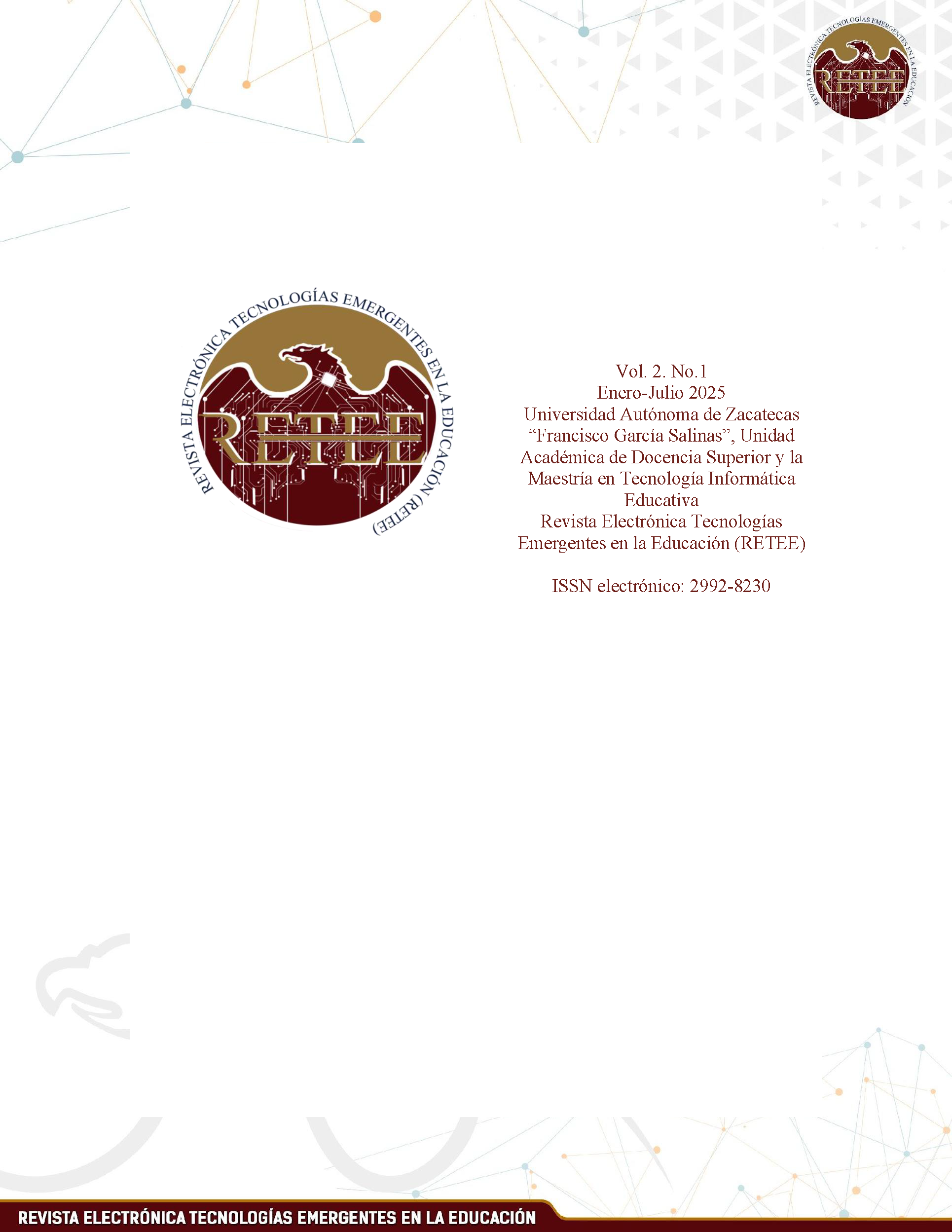Technology in teaching mathematics to students with ASD/ADHD in Ecuador and Spain
Published 2025-06-30
Keywords
- Adaptive technology,
- Math education,
- Neurodivergent students,
- Digital divide,
- Teacher training
Copyright (c) 2025 Celia Gallardo Herrias

This work is licensed under a Creative Commons Attribution 4.0 International License.
How to Cite
Abstract
The study investigates the impact of adaptive technology aids on the learning of mathematics for children with Autism Spectrum Disorder (ASD) and Attention Deficit Hyperactivity Disorder (ADHD) in Spain and Ecuador. The mixed-method design was employed via a sample of 340 children, 9-14 years old, split evenly across Spain and Ecuador. Students utilized apps including Smartick, Matific, and virtual reality in Spain and Prodigy Math and Google Expeditions in Ecuador for a period of six months. There were significant gains on outcome measures of mathematical skill and intrinsic motivation in all groups, with effect sizes in Spain (d=2.12–2.19) larger than those in Ecuador (d=1.54–1.61). Mediators were technological infrastructure, teacher training, and institutional support, which were stronger in Spain. Qualitative findings underscored Ecuadoran concerns of low device utilization and connectivity, with additional Spanish rollout without concern also being noted by more resourced educators. The study emphasizes the potential of technology in education for facilitating neurodivergent learning but creates a need for equity of access in the form of teacher training specifically crafted, and policy contextualization for maximum gain.
Downloads
References
- Chaves, J. P. C. S. P., Pinto, V. A. F. S., Silveira, C. S., Simon, S. L. F., & Gurgel, C. B. (2024). Psiquiatria da infância e adolescência: principais síndromes e terapêutica de escolha. Revista Ibero-Americana de Humanidades, Ciências e Educação, 10(4), 530-540. https://doi.org/10.51891/rease.v10i4.13471
- Conejeros-Solar, M. L., Gómez-Arizaga, M. P., Sandoval-Rodríguez, K., & Cáceres-Serrano, P. A. (2018). Aportes a la comprensión de la doble excepcionalidad: Alta capacidad con trastorno por déficit de atención y alta capacidad con trastorno del espectro autista. Revista Educación, 678-699. https://doi.org/10.15517/revedu.v42i2.25430
- Díaz, M. M. T. (2024). Early Care in Children with Neurodevelopmental Disorders in Ibero-America 2018-2022: A Systematic Review. Revista Scientific, 9(31), 230-250. https://doi.org/10.29394/scientific.issn.2542-2987.2024.9.31.11.230-250
- Chaves, J. P. C. S. P., Pinto, V. A. F. S., Silveira, C. S., Simon, S. L. F., & Gurgel, C. B. (2024). Psiquiatria da infância e adolescência: principais síndromes e terapêutica de escolha. Revista Ibero-Americana de Humanidades, Ciências e Educação, 10(4), 530-540. https://doi.org/10.51891/rease.v10i4.13471
- Conejeros-Solar, M. L., Gómez-Arizaga, M. P., Sandoval-Rodríguez, K., & Cáceres-Serrano, P. A. (2018). Aportes a la comprensión de la doble excepcionalidad: Alta capacidad con trastorno por déficit de atención y alta capacidad con trastorno del espectro autista. Revista Educación, 678-699. https://doi.org/10.15517/revedu.v42i2.25430
- Díaz, M. M. T. (2024). Early Care in Children with Neurodevelopmental Disorders in Ibero-America 2018-2022: A Systematic Review. Revista Scientific, 9(31), 230-250. https://doi.org/10.29394/scientific.issn.2542-2987.2024.9.31.11.230-250
- Fernandes, V. N. F., Campos, M. E. L., de Azevedo Bentes, M., & de Oliveira Menezes, R. A. (2023). Tecnologias de Informação e comunicação mediando o ensino-aprendizagem de pessoas autistas. Diversitas Journal, 8(4), 2762-2773. https://www.diversitasjournal.com.br/diversitas_journal/article/view/2686
- Goncalves, J. P. D. M., & do Rocio Cordeiro, G. (2024). Neurobiologia e dificuldades de aprendizagem: implicações para práticas de ensino para alunos com TEA e dislexia. Caderno Intersaberes, 13(46), 78-90. https://ojs.studiespublicacoes.com.br/ojs/index.php/cadped/article/view/7452
- Gutiérrez Ruiz, K., Cano Iriarte, D. C., & Hernández Mendoza, A. (2020). Funcionamiento ejecutivo y habilidades adaptativas en un niño de 11 años con diagnóstico de TEA en comorbilidad con TDAH. Tesis psicológica, 15(1), 74-89. https://www.redalyc.org/journal/1390/139067933005/html/
- Hijós, A. Q., & Cosculluela, C. L. (2022). Inclusión educativa y tecnologías para el aprendizaje. Ediciones Octaedro.
- Izquierdo, G. D. G. (2020). Diseño de un robot programado con realidad aumentada que sirva como herramienta terapéutica para tratar TDAH y TEA. Área de Ciencias y Tecnología.
- Lima, I. B. P., Martins, P. P. C., Cusati, I. C., & Angelo, R. D. C. O. (2023). Características do transtorno do espectro autista e sua influência na aprendizagem: uma revisão integrativa. Sustinere-Revista de Saude e Educacao, 11(1), 343-375. https://www.e-publicacoes.uerj.br/sustinere/article/view/63902
- López, S. I. M., & Valenzuela, B. G. E. (2015). Niños y adolescentes con necesidades educativas especiales. Revista médica clínica las condes, 26(1), 42-51. https://doi.org/10.1016/j.rmclc.2015.02.004
- Torres Díaz, M. M. (2024). Atención temprana en niños con trastornos del Neurodesarrollo en Iberoamérica 2018-2022. Una revisión sistemática. Revista Scientific, 9(31), 230-250. https://doi.org/10.29394/scientific.issn.2542-2987.2024.9.31.11.230-250
- Torres, D. H., & Téllez, M. G. Y. (2020). Conducta adaptativa y funcionamiento ejecutivo en niños con trastorno por déficit de atención con hiperactividad. Neuropsicología Latinoamericana, 12(3), 9-18. https://www.neuropsicolatina.org/index.php/Neuropsicologia_Latinoamericana/article/view/627/0


